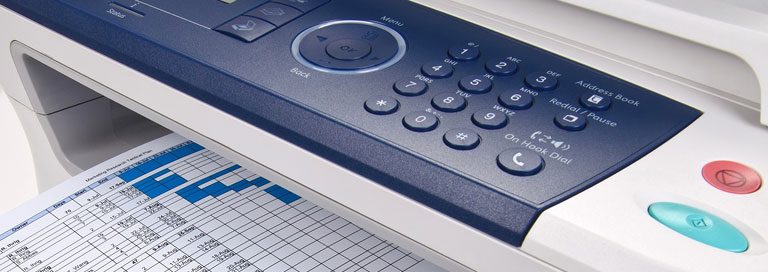IT officials at government agencies are becoming more aware of the risks of a frequently overlooked source of security threats – the printer. In the 2016 Center for Digital Government survey, more than one in five government IT officials acknowledged their printers were more vulnerable than other network devices.
However, fewer than two-thirds of organizations have conducted a cybersecurity assessment of their print environment. Just four in 10 respondents had a cybersecurity plan beyond the current year, and only 47 percent of those with a plan accounted for printer security. The top security obstacles cited in the survey were lack of awareness and training, the physical print environment itself, and legacy systems.
This particular survey focused on government agencies, but printers can be a security risk in any organization. Sure, we’ve all stumbled across information we weren’t supposed to see when documents were mistakenly left on the printer, but the risk goes far beyond physical documents. Because most organizations tend to focus on securing their server infrastructure, desktop PCs and mobile devices, hackers often turn to easier targets such as printers.
Despite the myth of the paperless workplace, paper is everywhere. Just about every office has one or more shared printers that can be accessed by multiple employees through wired and wireless connections and the Internet. In addition to print jobs, multifunction devices store user credentials and scanned documents.
What happens if a printer’s vulnerabilities are exploited? Like any other networked device, a compromised printer could open the door for attacks across other systems. Hackers could create a botnet and launch Denial of Service attacks, or obtain user credentials to view and steal sensitive data. Print jobs can also be manipulated to print fake or sensitive information and have print and scan jobs sent to unauthorized users. Printers can also be compromised locally through the control panel or a USB connection.
Secure printing is a term that’s far more comprehensive than most people realize. Secure printing goes deeper than pull printing, or follow-me printing, in which a print job is held in a queue until the user who submitted the job is authenticated at a device and releases the job. While this capability can improve the security of printed materials, it doesn’t protect print data as it moves across the network from a user device to the printer. Secure printing means print data is encrypted, and print activity is closely monitored to ensure security and regulatory compliance.
HP has taken a number of steps to enhance printing security. HP has pre-configured printers for security by closing older interfaces deemed less secure by the National Institute of Standards and Technology. Organizations must open these ports, protocols and cipher suites if needed when deploying new network printers. HP’s latest update to its FutureSmart firmware improves admin password and encryption settings for new and existing HP printers. HP is also collaborating with the software developer community to adapt their applications to leverage stronger interfaces.
HP Access Control delivers authentication, authorization and pull printing capabilities, while HP Capture and Route simplifies the control and tracking of scanned content and document distribution. HP SureStart technology ensures secure booting by validating the integrity of the HP BIOS each time the printer boots, and firmware is checked against a whitelist to verify the code. HP runtime intrusion detection secures HP printers by detecting and preventing malicious code from running. Finally, HP JetAdvantage Security Manager automatically determines if security policies are being followed and takes appropriate action.
Don’t let printers be the weak link in your organization’s security chain. Let us show you how new HP features and functionality can reduce security and compliance risks in your print environment.




